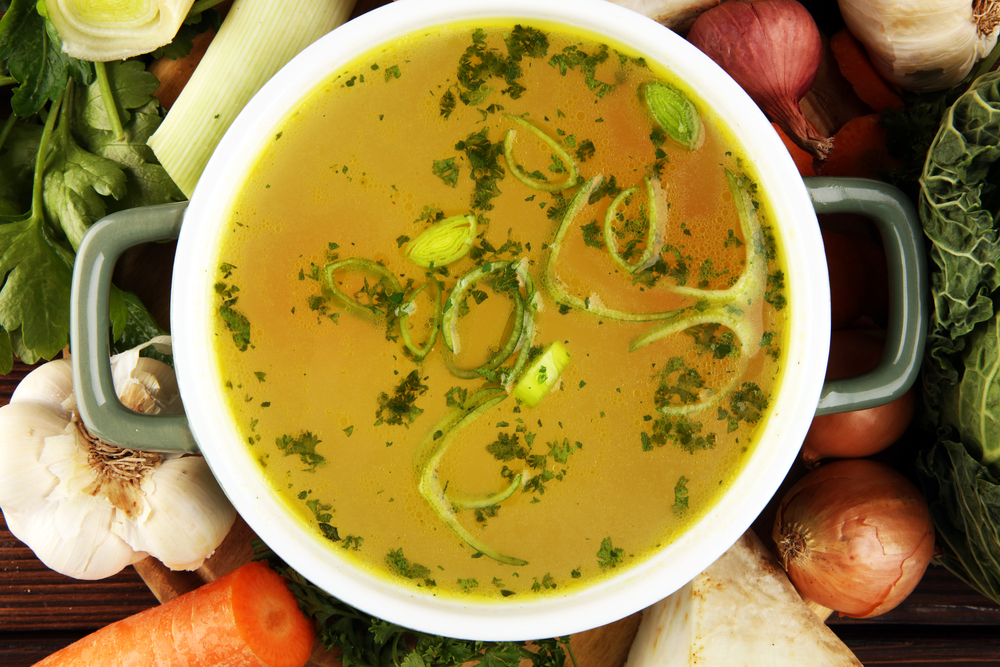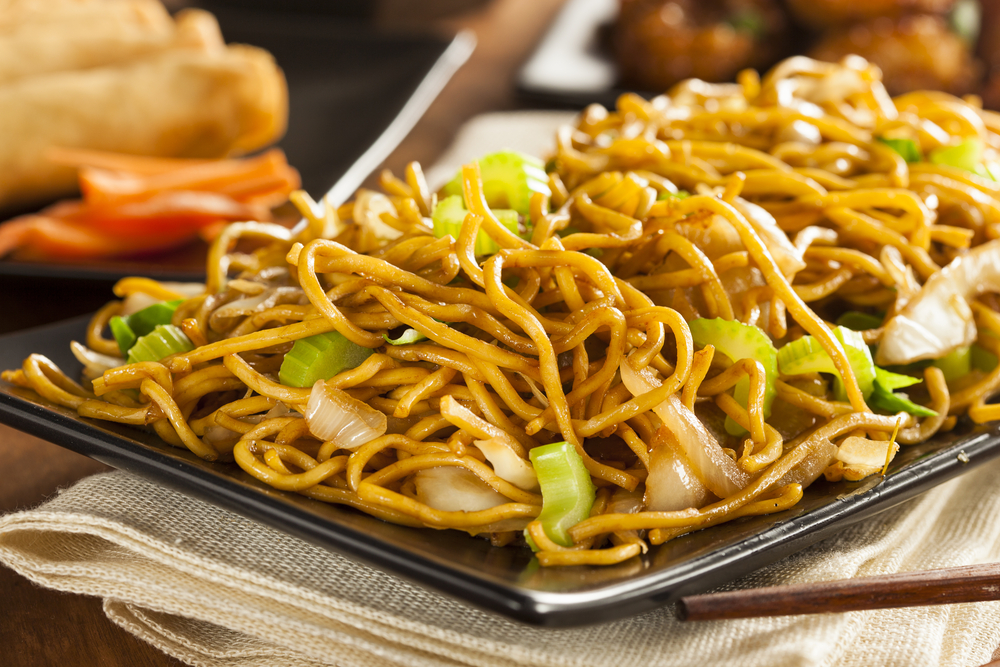I love ramen, and I often make a large batch to enjoy throughout the week. However, reheating ramen can be tricky, and if not done correctly, it can result in a soggy, unappetizing mess.
In this article, I will share my tried and tested methods for reheating ramen to help you enjoy a delicious bowl of hot noodles.
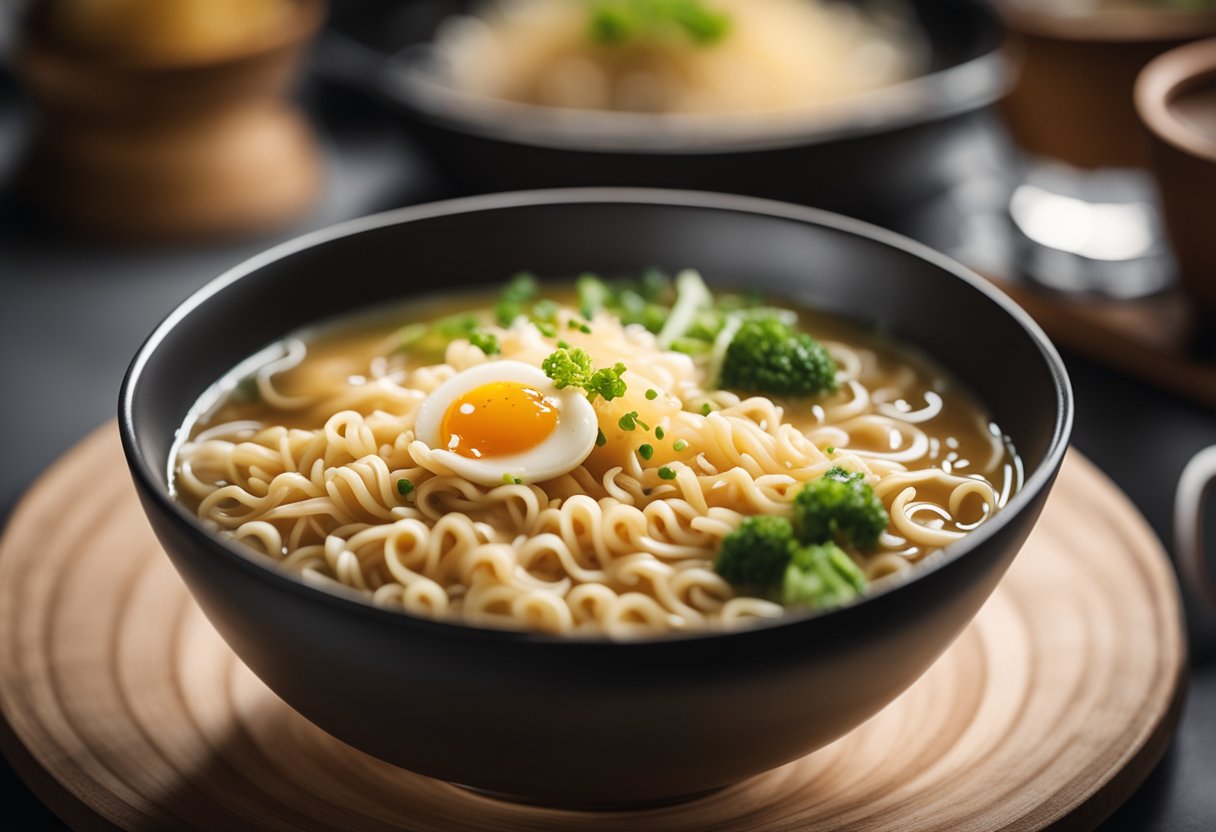
Ramen is more than just noodles in broth. It is a comforting and hearty meal that is enjoyed by people all over the world.
To fully appreciate the flavor and texture of ramen, it is important to understand the different components that make up this dish. From the type of noodles to the broth and toppings, each element plays a crucial role in creating the perfect bowl of ramen.
Now that we have a better understanding of what ramen is and what makes it so delicious, let’s dive into the best ways to reheat leftover ramen.
I have tested several methods and found the most effective ways to reheat ramen without sacrificing its flavor and texture. Whether you prefer using the stovetop or microwave, I have got you covered.
Key Takeaways
- Ramen is more than just noodles in broth, and understanding its components is crucial in reheating it.
- The stovetop and microwave methods are both effective ways to reheat ramen without sacrificing its flavor and texture.
- Enhancing the flavor of reheated ramen and avoiding common mistakes are important to enjoy a delicious bowl of hot noodles.
Understanding Ramen: More Than Just Noodles
As a lover of Japanese cuisine, I can tell you that ramen is more than just a bowl of noodles. It is a comfort food that has been enjoyed by many for generations.
Ramen is a dish that consists of four main components: broth, noodles, toppings, and seasoning.
The broth is the heart and soul of ramen. It is typically made by simmering bones, meat, and vegetables for hours to extract all the flavors and nutrients.
The broth can be clear or cloudy, depending on the type of ramen. Some of the most popular broths are shio (salt), shoyu (soy sauce), and miso (soybean paste).
The noodles are another important component of ramen. They are made from wheat flour, water, and salt. The texture of the noodles can vary from thin and delicate to thick and chewy. The noodles are cooked al dente and then added to the broth.
The toppings are what make each bowl of ramen unique. They can include sliced pork, bamboo shoots, seaweed, green onions, and more. The toppings can be cooked or raw, and they are usually arranged in a visually appealing way.
Finally, the seasoning is what ties everything together. It can include soy sauce, miso paste, chili oil, and more. The seasoning is added to the broth to enhance the flavor and give it a kick.
In conclusion, ramen is a dish that is more than just noodles. It is a complex and delicious comfort food that has been enjoyed by the Japanese for generations. Understanding the components of ramen can help you appreciate the dish even more.
Storing Leftover Ramen

When it comes to storing leftover ramen, it’s important to keep a few things in mind to ensure that the dish stays fresh and safe to eat.
The first step is to separate the broth and noodles, as storing them together can cause the noodles to become soggy and the broth to lose its flavor.
To store the broth, transfer it to an airtight container and place it in the fridge. The broth can last for up to 4 days in the fridge, but it’s best to consume it within 2-3 days for optimal freshness.
If you want to extend the shelf life of the broth, you can also freeze it for up to 6 months.
As for the noodles and other solid ingredients, they can also be stored in an airtight container in the fridge. However, it’s important to note that the noodles can dry out quickly, so it’s best to consume them within 1-2 days of storage.
If you’re planning on reheating the noodles, it’s best to do so in the microwave or on the stovetop rather than in the fridge, as this can cause them to become even drier.
Overall, storing leftover ramen is easy as long as you keep the broth and noodles separate and store them in airtight containers in the fridge. Just be sure to consume the dish within a few days for optimal freshness and safety.
Reheating Ramen: Stovetop Method
When it comes to reheating ramen, the stovetop method is one of the most effective ways to ensure even heat distribution and control over the simmer.
Here’s how I do it:
- First, I pour a small amount of water (about half a cup) into a saucepan.
- Then, I set my burner to medium heat and place the saucepan on top.
- Once the water is simmering, I add the leftover ramen noodles and broth to the saucepan.
- I stir the noodles and broth frequently to ensure that they are evenly heated.
One of the benefits of using the stovetop method is that you can control the heat and simmer to ensure that the ramen is heated to your desired temperature. This method is also great for retaining the original texture and flavors of the ramen.
It’s important to note that you should not let the ramen sit in the saucepan for too long, as it can become overcooked and lose its texture. I recommend reheating ramen on the stovetop for no more than 5 minutes.
Overall, the stovetop method is a reliable and efficient way to reheat ramen. It allows for even heat distribution and control over the simmer, ensuring that your ramen is heated to perfection.
Reheating Ramen: Microwave Method
When it comes to reheating ramen, the microwave method is one of the most convenient and quickest ways to get the job done.
Here’s how I do it:
- First, I gather all of the ingredients I want to reheat. This includes the broth, noodles, and any toppings I may have added.
- I pour the broth into a microwave-safe bowl and heat it on high for 1 to 2 minutes, depending on the amount of broth I have. It’s important to avoid boiling the broth, as this can affect the taste and texture.
- Once the broth is heated through, I add the noodles and any other toppings I want to reheat. I then heat the mixture on high again for another 1 to 2 minutes, or until everything is heated through.
- After removing the bowl from the microwave, I give the mixture a good stir to ensure that everything is evenly heated. I then let it sit for a minute or two to allow the flavors to meld together.
- Finally, I add any additional garnishes or seasonings I desire, and enjoy my reheated ramen!
Using the microwave method to reheat ramen is a quick and easy way to enjoy your leftover noodles without sacrificing flavor or texture. Just be sure to use a microwave-safe bowl and avoid overcooking the broth or noodles.
Enhancing the Flavor of Reheated Ramen
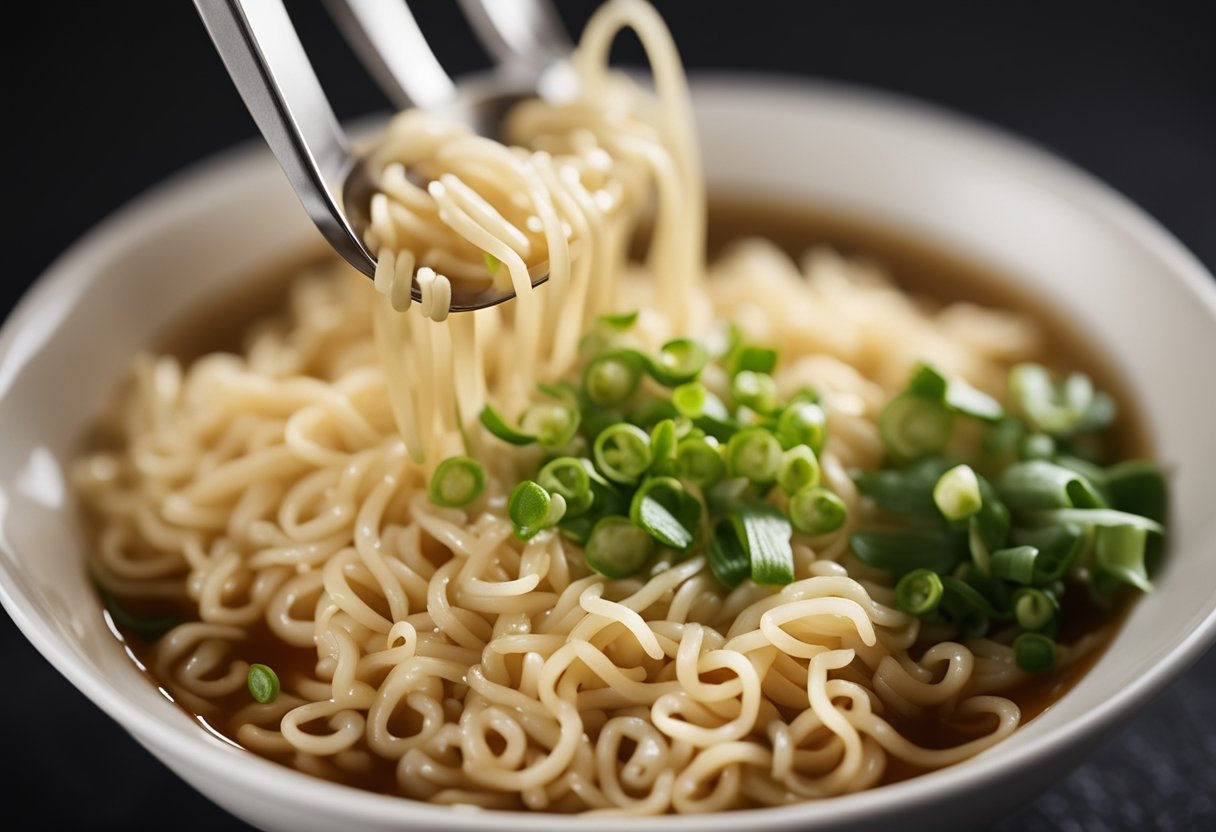
When reheating ramen, it’s important to not only focus on getting the temperature right, but also on enhancing the flavor.
Here are some ways to take your reheated ramen to the next level:
- Broth: The broth is the heart and soul of ramen, and reheating it can be tricky. To keep the broth from becoming too salty or losing its umami flavor, add a small amount of water or broth to dilute it. You can also add some soy sauce or butter to give it a richer flavor.
- Eggs: If your ramen came with a soft-boiled egg, reheat it separately by placing it in hot water for a few minutes. This will prevent overcooking and keep the yolk runny. You can also marinate the egg in soy sauce or mirin for extra flavor.
- Vegetables: Reheating vegetables can be tricky, as they can become mushy or lose their crunch. To keep them fresh, blanch them in boiling water for a few seconds before adding them to the reheated ramen. You can also add fresh toppings like scallions, sprouts, or cilantro leaves for a burst of flavor.
- Meat: If your ramen came with meat, reheat it separately by grilling or pan-searing it. This will keep it juicy and flavorful. You can also shred the meat and add it to the reheated ramen for a heartier meal.
- Toppings: Ramen toppings can range from pickled ginger to kimchi to shredded cheese. When reheating, it’s important to add the toppings at the right time to prevent them from becoming soggy or losing their texture. For example, add pickled ginger or kimchi at the end, and sprinkle shredded cheese on top just before serving.
- Herbs: Fresh herbs like basil, mint, or cilantro can add a burst of freshness to reheated ramen. Add them just before serving to preserve their flavor.
By following these tips, you can enhance the flavor profile of your reheated ramen and turn it into a delicious and satisfying meal.
Avoiding Common Mistakes While Reheating Ramen
When reheating ramen, there are a few common mistakes that many people make that can affect the texture and freshness of the noodles.
Here are some tips to avoid these mistakes and ensure that your reheated ramen tastes just as good as the first time around.
Don’t Overcook the Noodles
One of the biggest mistakes people make when reheating ramen is overcooking the noodles. This can result in mushy, overcooked noodles that lack the chewy texture that makes ramen so enjoyable.
To avoid this, be sure to only cook the noodles for the amount of time recommended on the package. When reheating, use a low heat and only cook the noodles until they are heated through.
Use the Right Reheating Technique
There are several ways to reheat ramen, including stovetop reheating, microwave reheating, and oven reheating. Each method has its own pros and cons, so it’s important to choose the right one for your needs.
For example, stovetop reheating is the best way to reheat ramen if you want to maintain the texture and freshness of the noodles, while microwave reheating is a quick and easy option if you’re short on time.
Store Ramen Properly
To ensure that your ramen stays fresh and delicious, it’s important to store it properly. If you’re not going to eat it right away, be sure to store it in an airtight container in the refrigerator. This will help prevent the noodles from drying out and losing their flavor.
Avoid Reheating Takeout Ramen
If you’re reheating takeout ramen, be aware that the quality may not be the same as when it was first served.
Takeout ramen may have already been reheated once before, so reheating it again can result in a less-than-perfect texture and flavor. If possible, try to eat takeout ramen as soon as possible after it’s been served.
Use Fresh Noodles
If you’re reheating instant ramen, be sure to use fresh noodles. Instant ramen noodles can become stale over time, so it’s important to use them as soon as possible after opening the package.
If you’re using fresh noodles, be sure to cook them properly the first time around to ensure that they reheat well.
By following these tips, you can avoid common mistakes when reheating ramen and enjoy a delicious, fresh-tasting meal every time.
Related post: Maruchan vs Nissin
Frequently Asked Questions
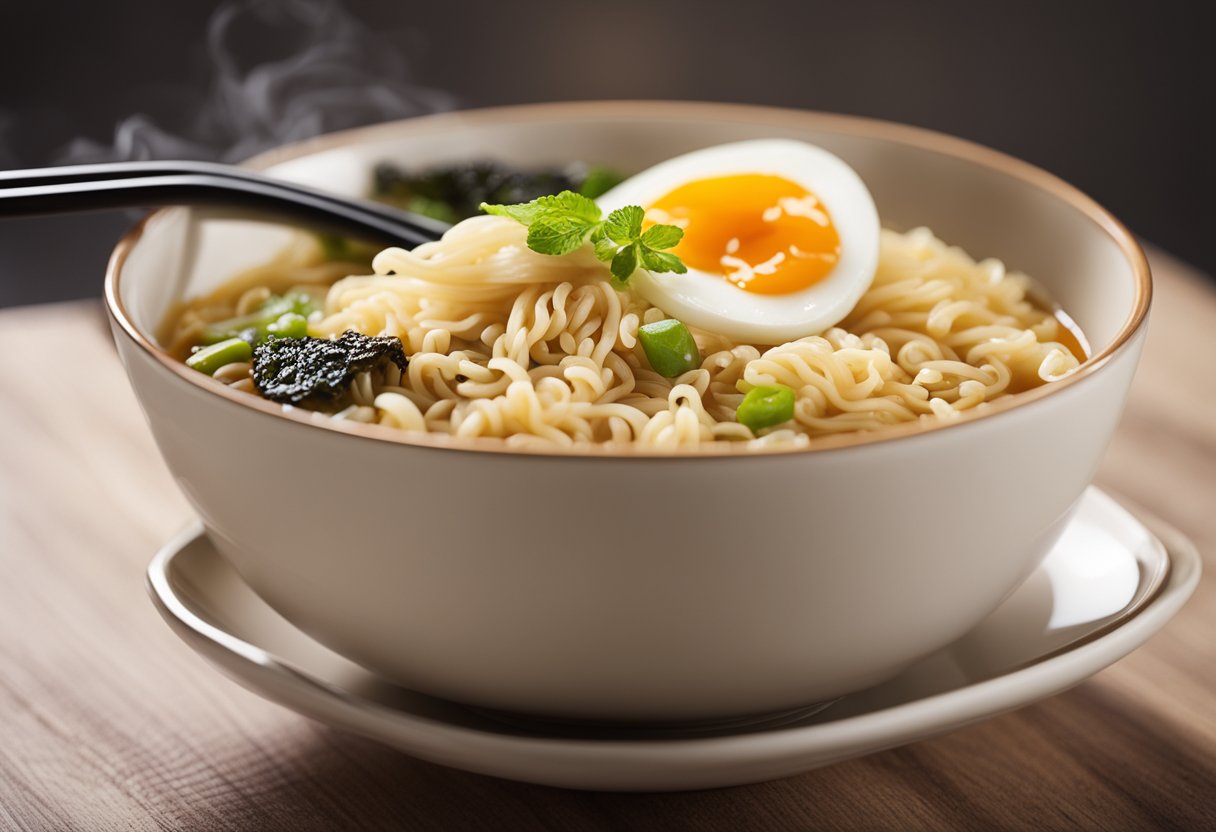
How do I reheat cooked ramen noodles?
To reheat cooked ramen noodles, first, separate the broth and noodles. Then, bring a pot of water to boil and add the noodles. Cook for about 30 seconds to a minute, depending on how thick the noodles are.
Drain the noodles and rinse them under cold water to stop the cooking process. This also removes any excess starch, which can make the noodles clump together. Finally, add the noodles to your reheated broth and other ingredients.
What is the best way to reheat ramen noodles?
The best way to reheat ramen noodles is to separate the broth and noodles. Then, reheat the broth and other ingredients separately before adding them together. You can reheat the broth either on the stovetop or in the microwave.
To reheat on the stovetop, bring the broth to a slight boil, add the noodles and meat, and cook for 2 minutes. To reheat in the microwave, heat the broth for 1 to 2 minutes, stir and add noodles and meat, heat again on high.
Can you reheat ramen without it getting mushy?
Yes, you can reheat ramen without it getting mushy. The key is to reheat the noodles for the shortest possible time. It’s best to reheat the broth and other ingredients separately before adding them together.
When the broth comes to a boil, reduce the heat and allow it to simmer. Now add the noodles and allow them to warm for about one minute. This will ensure that the noodles are heated through without becoming mushy.
How do you reheat ramen eggs?
To reheat ramen eggs, first, remove them from the broth and place them in a bowl of hot water for 5 to 10 minutes. This will help bring them to room temperature.
Then, place the eggs in a pot of boiling water for about 1 minute. Remove the eggs from the water and peel them. Finally, slice the eggs and add them to your reheated ramen.
What is the proper way to store leftover ramen?
The proper way to store leftover ramen is to separate the broth and noodles. Store the broth in an airtight container in the refrigerator for up to 3 days or in the freezer for up to 3 months.
Store the noodles and garnishes separately in an airtight container in the refrigerator for up to 3 days.
How long can you keep cooked ramen in the fridge?
You can keep cooked ramen in the fridge for up to 3 days. After that, it’s best to freeze the broth and noodles separately.




